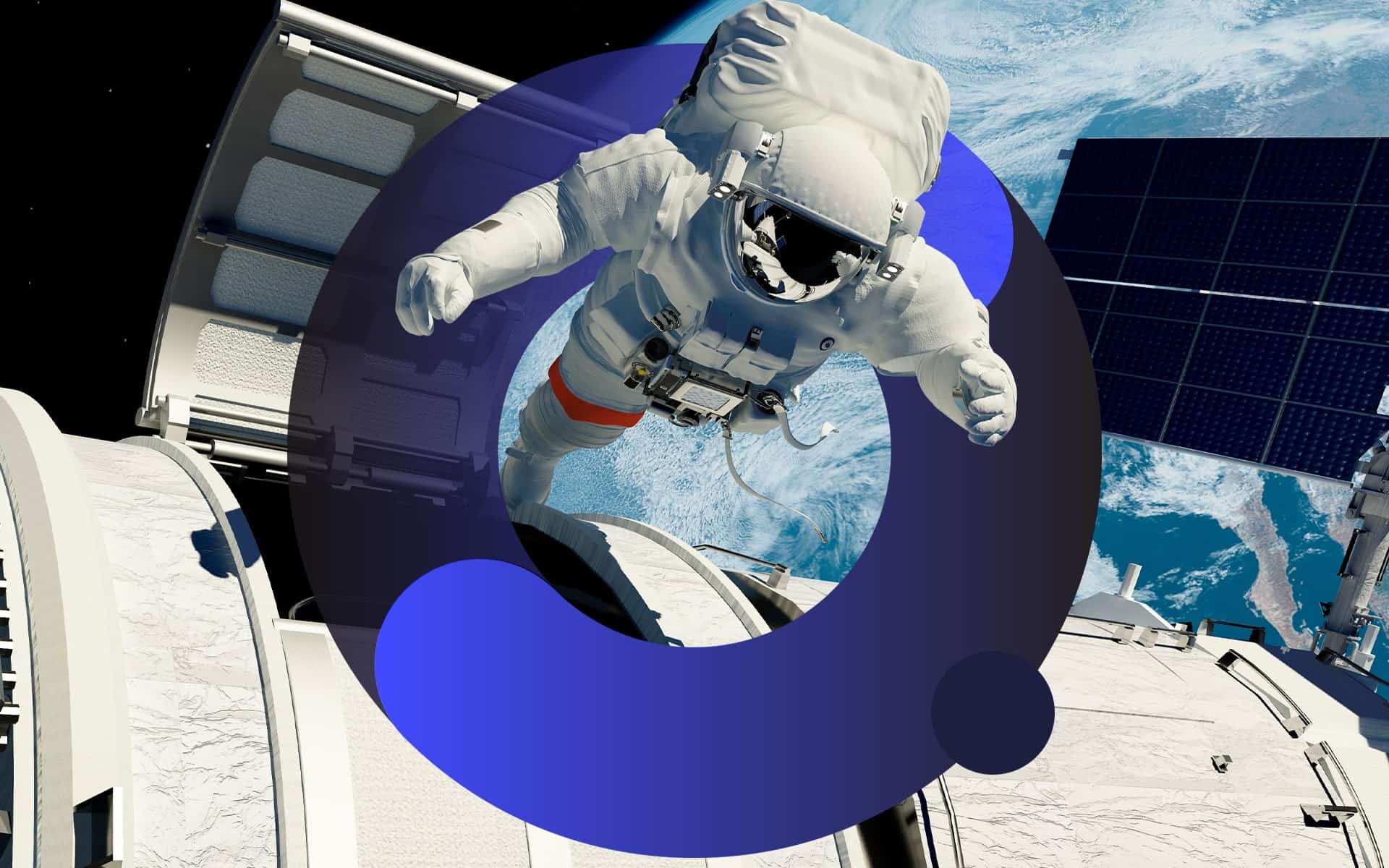



Revolutionized is reader-supported. When you buy through links on our site, we may earn an affiliate commision. Learn more here.
Two people recently returned to Earth after spending roughly a full year in space aboard the International Space Station (ISS).
NASA astronaut Scott Kelly and Russian cosmonaut Mikhail Kornienko landed on March 1 after 340 days in space. While they aren’t the first humans to do so, Kelly now holds the record for most consecutive days in space of any American.
Spending such a long time away from your planet and your loved ones can get lonely and boring. Consequently, Kelly took to social media to remain connected to home. He did so with a sense of humor and playfulness that kept those of us watching from Earth engaged.
His Instagram account was full of beautiful imagery that allowed humankind to see Earth in ways we never imagined. He challenged us with trivia and made us laugh when responding to a tweet from President Barack Obama. He even entertained us with a video of a gorilla chasing one of his crewmates around the ISS.
But this year-long mission wasn’t primarily about setting records or having fun in space. Scientists hope to study the effects of prolonged periods of living in space on the human body, which has not evolved or adapted to survive in microgravity – the tiny amount of gravity present in space that makes astronauts appear weightless.
We already know from past missions that prolonged periods of time in space can negatively affect the human body. Nausea, vision problems, loss of bone and muscle mass, insomnia, immune system deficiency, and depression are just a few of many harsh effects associated with living in space. Researchers are grappling with how to deal with conditions like isolation, malnutrition and microgravity that lead to these physical and psychological issues faced by astronauts.
The typical space mission is usually only about six months long. Consequently, scientists are very interested to learn what happens to astronauts over the course of an entire year.
Hundreds of ongoing and upcoming studies will hopefully reveal what causes changes in astronauts’ DNA, microbial life, and vision. NASA doctors also hope to learn about how bodily fluids shift in microgravity and how radiation impacts body cells.
While aboard ISS, Kelly provided regular blood, urine, saliva, and stool samples. He underwent computer tests, vision scans and ultrasounds. He kept journals, took care of crops, and much more. His twin brother Mark Kelly, another astronaut who has been living on Earth, will serve as a useful comparison in many planned studies.
Researchers will look at seven key categories:
In 1969, astronauts from NASA became the first human beings to land on Earth’s moon. Since then, research has been poured into efforts to send people even further by improving our travel and survival technology and our understanding of the universe beyond Earth’s atmosphere.
Today, NASA looks forward to a manned mission to Mars, which could last up to 500 days or longer. Just the round trip from Earth to Mars and back could take over a year!
Thanks to the courageous efforts and sacrifice of astronauts like Scott Kelly, we are closer than ever before to Mars and beyond!
Revolutionized is reader-supported. When you buy through links on our site, we may earn an affiliate commision. Learn more here.


This site uses Akismet to reduce spam. Learn how your comment data is processed.